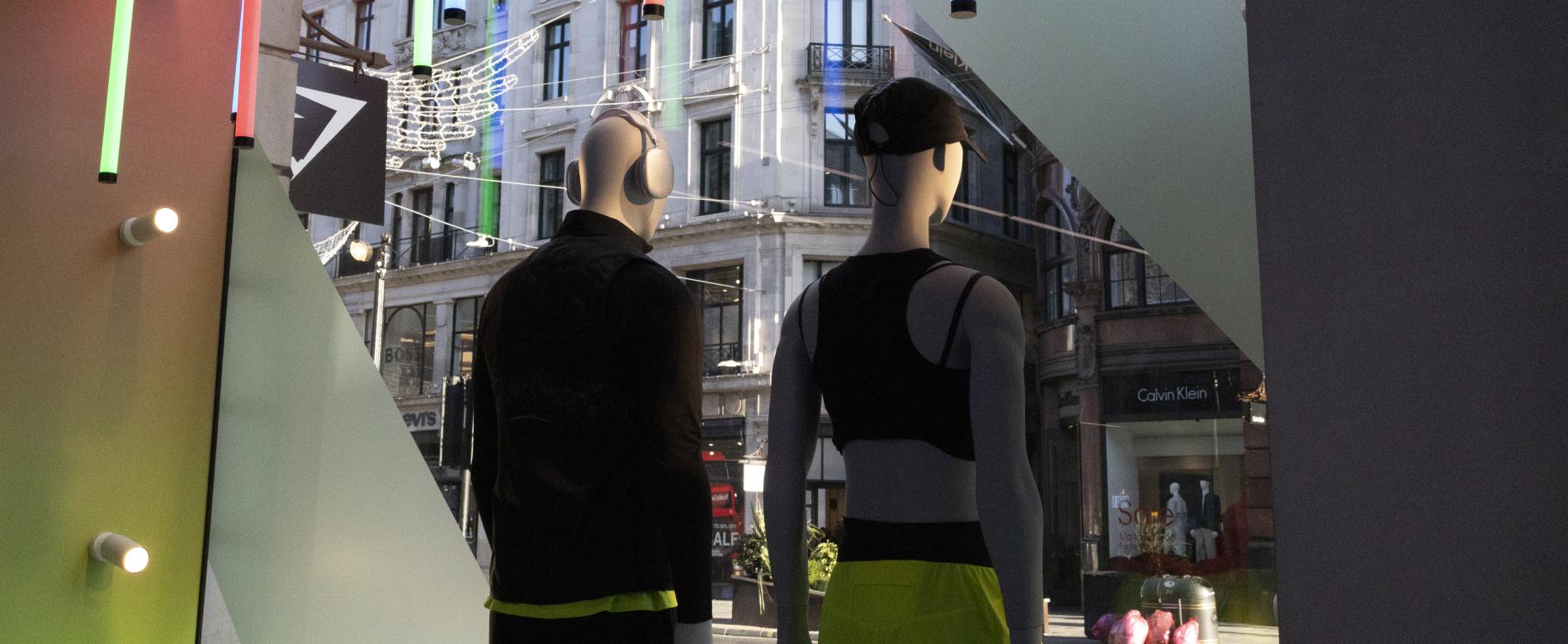The Reliability Gap in POS - And How to Close It
But too often, retailers find themselves staring into what we call the reliability gap: the space between the POS plan on paper and what actually lands in store.
That gap is costly. It eats into sales, damages brand consistency, and frustrates store teams. And it’s usually preventable.
Here’s what drives the reliability gap, how you can stop it, and how the right partner can make sure you don’t fall into it again.
The Problem: POS That Doesn’t Deliver When It Counts
The reliability gap shows up in different ways, but the impact is always the same - a campaign that doesn’t achieve its full potential.
Late deliveries. You’ve invested in marketing campaigns to drive customers into store, but the displays arrive days late. By the time they’re installed, the peak of customer interest has passed - and those sales are gone forever.
Inconsistent execution. Across a national estate, one store gets the full kit, another gets half, and a third improvises because components didn’t turn up. The brand experience is fragmented, and customers notice.
Compliance hold-ups. Install teams arrive but are stopped by health and safety issues, unsuitable materials, or poorly planned access. Stores are left with half-finished installs and disgruntled managers.
Knock-on costs. Emergency courier charges, reprints, last-minute outsourcing - not only is the campaign weaker, but the final bill is higher than expected.
Retailers know this pain. But what’s often missed is that these failures aren’t inevitable - they’re the result of weak processes or under-resourced suppliers.
How to Stop It: Building Reliability In from Day One
Reliability can’t be bolted on at the last stage of a campaign. It has to be designed in from the start. Here’s how retailers can protect themselves.
1. Secure production capacity, not just promises.
The biggest reliability risk comes from suppliers with a single site or limited equipment. At peak times, their capacity is maxed out, and your job ends up delayed or outsourced without your knowledge. Multi-site production means flexibility - one site can pick up if another is at capacity, and logistics can be routed closer to stores.
2. Demand disciplined project management.
Reliability isn’t just about print quality; it’s about orchestration. Suppliers should be working from detailed project schedules, with built-in contingency buffers. You should expect regular updates and clear accountability at every stage - design, prototyping, production, logistics, and install.
3. Check quality and compliance credentials.
When projects fall apart on site, it’s usually because compliance wasn’t planned for. Accredited suppliers (ISO 9001, ISO 45001, SafeContractor) have baked-in QA and safety processes. That means fewer surprises at install stage - and fewer frantic phone calls on launch day.
4. Integrate logistics and installation.
A weak handover between print supplier and installer is one of the most common causes of reliability gaps. A joined-up partner, with fully managed install teams, ensures the kit is not just printed but actually in place, in store, on time.
5. Make accountability non-negotiable.
Fragmented supply chains create finger-pointing. Reliability comes when a single partner owns the outcome end-to-end, from concept to install. If something slips, they fix it. No excuses.
With Our Help: Closing the Gap in Practice
At Service Graphics, reliability isn’t an add-on - it’s part of how we’re built. With 9 production sites across the UK and 350+ specialists, we have the capacity, systems and people to deliver under pressure.
National scale. Campaign graphics have been rolled out across estates of 500+ stores, delivered with consistency across every location. In another nationwide programme, spanning almost 300 outlets, fabrics and POS were produced and installed to strict brand standards, with multi-site capacity ensuring every store received what it needed, when it needed it.
Deadline critical. For Gymshark’s award-winning “We Do Gym” windows, installation was tied to a national marketing campaign — and went live exactly on schedule. Seasonal activations for other retailers, where missing the date would have meant losing peak trading altogether, were also delivered to plan, despite tight production windows and multi-site logistics.
Complex activations. A technically demanding hoarding project, involving over 1,000 vacuum-formed panels and spanning hundreds of square metres of frontage, required rigorous end-to-end coordination across design, production, and installation. Similarly, a flagship brand collaboration in a major UK retail location was delivered seamlessly, where reliability under pressure was the foundation of an immersive launch experience.
Reliability is not about luck or best efforts. It’s about having the scale, systems, and discipline to deliver POS on time, on brand, every time.
Closing Thoughts
The reliability gap costs retailers money, consistency, and trust. But it doesn’t have to. By building reliability into your tender process - and choosing suppliers who can evidence their ability to deliver under pressure - you can close the gap before it opens.
When your next tender comes up, ask yourself: Will this supplier help me close the reliability gap, or widen it?
At Service Graphics, we’d be glad to prove the difference.

Heading
Read Next...
5 Questions Every Retailer Should Ask Before Their Next POS Tender

Heading
Learn More...
Retail Graphics | Award Winning Displays


